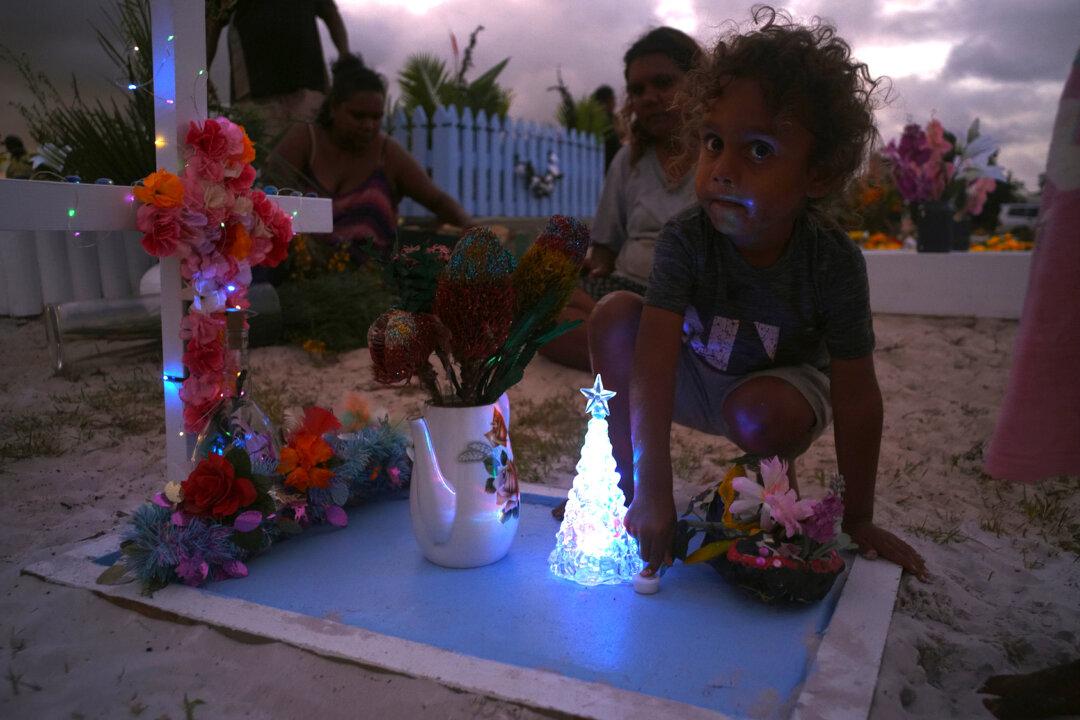This article is adapted from the treatment for the documentary film “Wawu: Divine Hope,” written by Australian director and producer Caden Pearson, who now works at The Epoch Times as a journalist.
The Guugu Yimidhirr people of Hope Vale, an Aboriginal village in the far northeast of Australia, celebrate Easter with a unique week-long tradition held up by four pillars: faith, history, family, and spirit—or “wawu,” as they say in their language.






